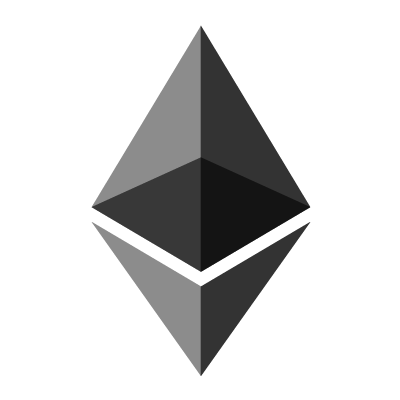Ethstaker Community Call: Ethereum PoW and PoS merge

Recently, the ethstaker folk organized a community call about the upcoming Ethereum merge. You can watch the whole call here: https://www.youtube.com/watch?v=tL8l7GGCpw0
First: Ethereum development is distributed and ever-changing. There is no all-powerful cabal of developers. This can make development appear messy at times. Roadmaps and plans change, features are chopped up and delivered later, or earlier. This has been Ethereum's strength all along: It is very adaptable to changing circumstances and needs.
Everything you read here and hear on the call reflects features under discussion. Allow for changes, sometimes radical ones.
Here are some high-level takeaways in mock Q&A format.
Q: What is the merge?
A: The move of the Ethereum main chain from a Proof-of-Work "PoW" consensus ("mining", GPUs and ASICs) to a Proof-of-Stake "PoS" consensus ("staking", have ETH and stake it).
Q: Why the merge / move to PoS?
A: It reduces energy and hardware requirements; it has stronger support for shard chains; it may – and this is highly debated – improve decentralization and make providing security to the chain more accessible / democratic. https://ethereum.org/en/developers/docs/consensus-mechanisms/pos/
Q: What else is included? Shards? Staking withdrawals?
A: As plans stand right now: Nothing else is included in the merge itself. The merge is the minimum set of features to switch from PoW to PoS. It is the MVP feature required to bring in other feature changes after, such as staking withdrawals and shards.
Q: But really. Why do current plans not include staking withdrawals?
A: Staking withdrawals would require an EVM – Ethereum Virtual Machine – change, as well as the switch to PoS. Those are both big changes. If both changes were to be tackled at the same time, this would delay both the move to PoS – the merge – as well as withdrawals. It is far less risky to deliver these two features in two distinct steps. First the move to PoS / merge; then the EVM changes and staking withdrawals.
Q: What does this mean for users?
A: The impact to users is minimal. You will need to upgrade code you use to interact with Ethereum, such as Metamask. Before the merge, Metamask will communicate with the PoW consensus; after the merge, Metamask will communicate with the PoS consensus. Everything will feel the same, all your transactions and balances will be there.
Q: What does this mean for miners?
A: After the merge, PoW consensus is no longer in use for the mainnet Ethereum chain. Giving incentives to miners to secure the chain until the merge will be important.
Q: What does this mean for stakers?
A: Withdrawals will be one step closer. If you run a node, you will receive tx inclusion fees. Do not expect to receive the tx base fee.
Q: Do staking node hardware requirements change?
A: Your node will now need to execute the code in a block when attesting and when producing a block. This will most likely be done through an "application client", a version of the current eth1 client without consensus code. 3rd party providers will probably continue to offer options, what those look like is TBD. This may change the hardware requirements for your node. If you are happily running an eth1 & beacon combo today, expect to be golden; if you are not and want to run a local application client alongside the beacon client, you'd need enough resources to do so. Please join us on ethstaker Discord https://discord.gg/zKXQ5hN7 where we will test client combos as soon as client combos exist to be tested, and we will find out what the hardware requirements are.
Q: What is the timeline for the merge
A: This is still being debated. An extremely optimistic timeline would be very late 2021 / early 2022. Three feature changes were planned for PoW this year: Berlin now, London in summer with the big controversial 1559 UX change, then Shanghai maybe October with small feature changes. There is debate whether to focus Shanghai entirely on the merge, which would make it *not* happen in October, it'd be later. If that happens, a late 2021 merge is unlikely but possible, a 1H 2022 merge would be looking quite likely.
Q: Dude! Wen merge?
A: Crystal Ball sez: 50% it happens super-late 2021; 75% Q1 2022; 90% Q2 2022; 99% sometime 2022.
And remember: Everything you read here and hear on the call reflects features under discussion. Allow for changes, sometimes radical ones.
submitted by /u/yorickdowne
[link] [comments]